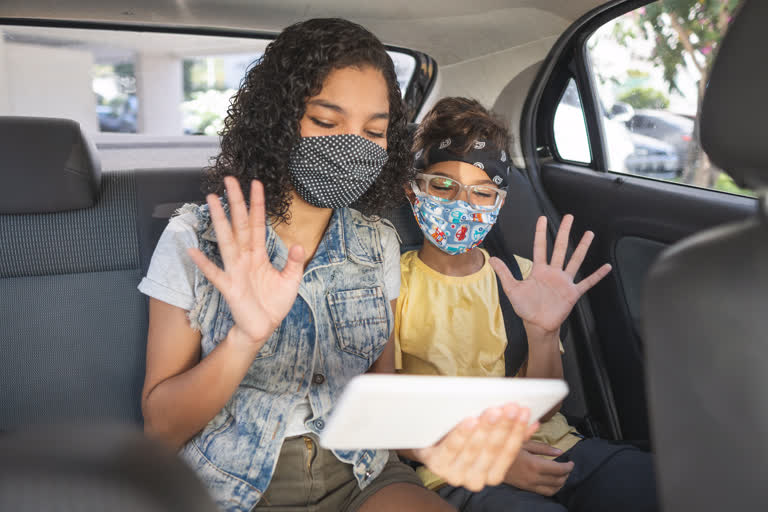Wearing it under the chin, hanging on one ear, leaving the nose open to breathe, etc. Are some of the many ways of wearing a mask these days. While some people wear their masks in a proper manner, most of them want to get rid of it. And to justify not wearing a mask they say that they are unable to breathe properly and feel suffocated. What they fail to acknowledge is the fact that the COVID-19 pandemic has not ended yet. The virus is still out there in the air and can be fatal.
WHO New Guideline
In its updated guidelines, the World Health Organization (WHO) has mentioned wearing a mask in public as well as indoor places, especially where there is insufficient ventilation. “WHO advises that the general public should wear a non-medical mask in indoor (e.g. shops, shared workplaces, schools) or outdoor settings where physical distancing of at least 1 meter cannot be maintained. If indoors, unless ventilation has been assessed to be adequate, WHO advises that the general public should wear a non-medical mask, regardless of whether physical distancing of at least 1 meter can be maintained” states the WHO.
Use Face shields
However, it also states that a mask alone, even when it is used correctly, is insufficient to provide adequate protection or source control. Other infection prevention and control (IPC) measures include hand hygiene, the physical distancing of at least 1 meter, avoidance of touching one’s face, respiratory etiquette, adequate ventilation in indoor settings, testing, contact tracing, quarantine and isolation. Together these measures are critical to prevent human-to-human transmission of SARS-CoV-2. Therefore, with more than 68 million cases worldwide and 9 million cases in India, wearing a mask while stepping out is extremely important. Those who cannot wear masks due to certain medical reasons, the medical authorities have recommended the use of face shields. However, face shields are not as good an option as masks, with regard to the transmission of the virus via droplets.
Children And Masks
Here are some of the measures as recommended by WHO for the use of mask amongst children to prevent contraction of the novel coronavirus:
- Children aged up to 5 years should not wear masks for source control.
- For children between 6 and 11 years of age, a risk-based approach should be applied to the decision to use a mask; factors to be considered in the risk-based approach includes the intensity of SARS-CoV-2 transmission, child’s capacity to comply with the appropriate use of masks and availability of appropriate adult supervision, local social and cultural environment, and specific settings such as households with elderly relatives, or schools.
- Mask use in children and adolescents 12 years or older should follow the same principles as for adults.
- Special considerations are required for immunocompromised children or for paediatric patients with cystic fibrosis or certain other diseases (e.g., cancer), as well as for children of any age with developmental disorders, disabilities or other specific health conditions that might interfere with mask-wearing.
Some Other Thing To Keep In Mind
Regarding the type of mask and wearing it, WHO states some of the things you need to keep in mind:
- Homemade 3 ply masks can be used with the innermost layer made up of cloth that can soak water, the outermost layer of cloth that has poor absorbency and the middle layer of the mask should also repel water and enhance proper filtration so that the infected droplets do not enter through your nose or mouth.
- Factory-made masks should have proper filtration, breathability and fit.
- Exhalation valves in masks are discouraged
- Perform hand hygiene before putting on the mask and immediately after discarding it
- Do not reuse a single-use mask.
Apart from this, wear a mask whenever you step out. Even if you are visiting a friend or relative’s place, do not remove your mask. Replace the mask if it becomes wet or damp. Dispose of your mask properly and fall other preventive measures as well.



